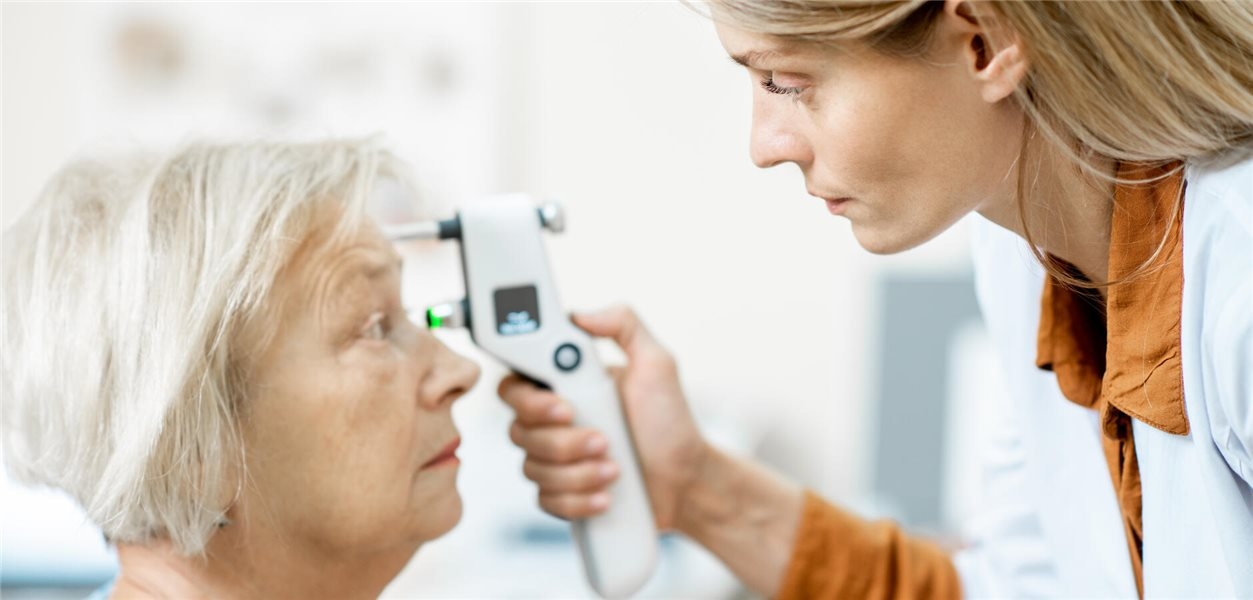Exercise increases intraocular pressure

Magdeburg. To date, intraocular pressure related to physical activity has only been measured before and after, but not during, the exercise portion of the study.
A research group led by Vincenzo Pennisi from the University Eye Clinic in Magdeburg has overcome this problem with an intraocularly implanted sensor that enables continuous telemetric measurement of pressure even during exercise ( Br J Ophthalmol 2025; online 2 May ).
The sulcus-fixated sensor is approved for patients with cataracts and concurrent glaucoma; it is implanted during cataract surgery. This is expensive and invasive, and the number of such patients is small.
Load at 75 watts using a bicycle ergometerPennisi's team's study involved a correspondingly small number of participants: six men and four women between the ages of 67 and 79. They were placed on a bicycle ergometer and their workload increased from 0 to 75 watts over a period of ten minutes. This was followed by a two-minute rest period.
The average intraocular pressure increased from 15.4 mmHg before to 18.0 mmHg during exercise at 75 watts. During the resting phase, the intraocular pressure decreased to 14.4 mmHg.
In eight of the ten subjects, resting blood pressure decreased below baseline after exercise; the difference was not statistically significant. In the remaining two participants, blood pressure was higher than at baseline.
Rising blood pressure is not generally unfavorable for glaucoma patientsIntraocular pressure during exercise correlated strongly with systolic blood pressure and heart rate. This could be an unfavorable sign for glaucoma patients with regard to intraocular pressure.
On the other hand, the concurrent increase in blood pressure likely also means that ocular perfusion pressure also increases. This may counteract the harmful effects of intraocular pressure on optic nerve head perfusion.
However, Pennisi et al. point out that the opposite could also be the case—namely, if the autoregulation of the retinal blood vessels is altered, as some authors suspect for certain forms of glaucoma. An increase in blood pressure beyond the autoregulatory capacity could then be harmful to glaucoma patients.
In order to better understand the mechanisms, further and larger studies with glaucoma patients are needed in which the physical and especially the cardiovascular condition of the participants should be better defined, according to Pennisi and colleagues.
Arzte zeitung





